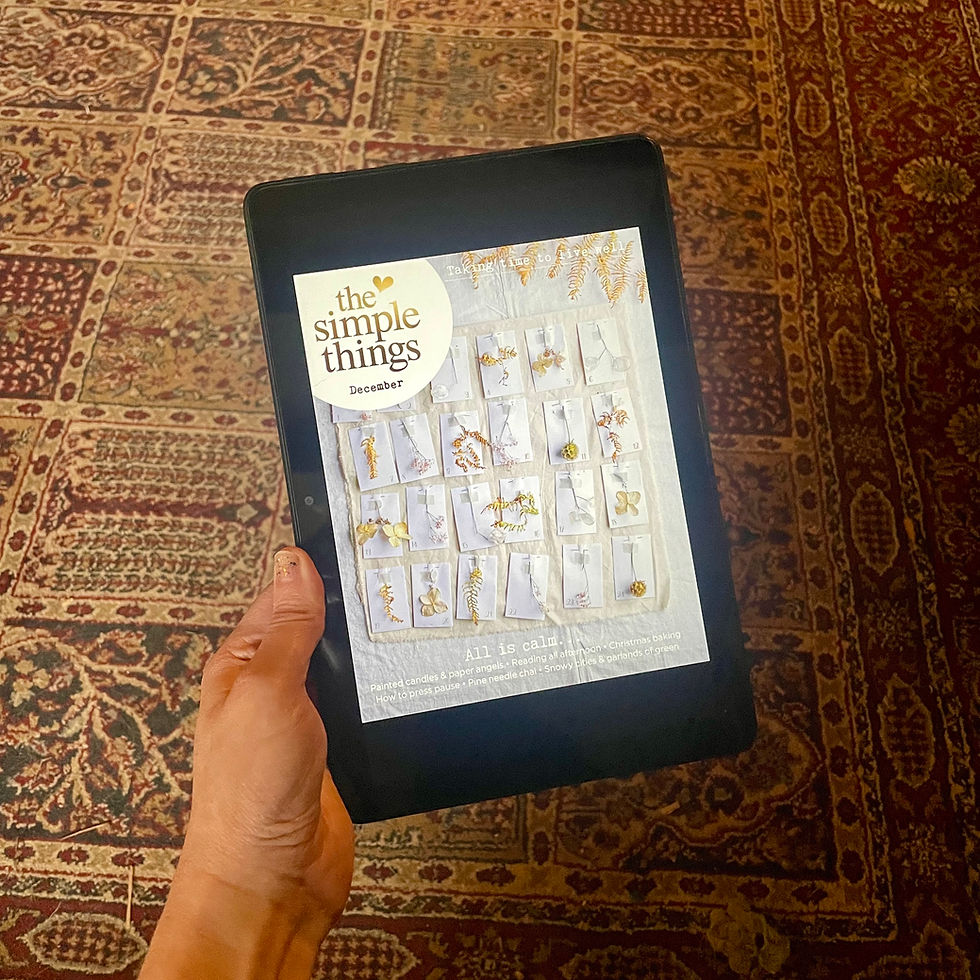How To Make Beeswax Wraps
- hello@makingroots.co.uk

- Jul 12, 2018
- 2 min read
Updated: Apr 13, 2020
Beeswax wraps are food wraps, designed for wrapping your apple in your bag, putting on the top of jars, cups and leftovers in the fridge. They are a fabulous alternative to clingfilm, which is a non recyclable single use plastic!

I recently experimented with making beeswax wraps, as a good friend told me they were incredibly easy to make, whilst being relatively pricey to buy.
I tried two ways, and both were successful, but one way more than the other.
What you will need:
Cotton Fabric
Beeswax (around 1 bar per large wrap)
Baking Paper
Grater
Oven or Iron
Method:
Cut your fabric to the size you want your wrap. Make sure it's a usable size, as not to waste beeswax!
Grate your beeswax, on the rougher setting of your grater.
Spread the beeswax evenly across the fabric, right up to the edges. Too much beeswax will make a thick, clumpy wrap- that is still usable but the right amount of beeswax creates a beautifully mouldable and neat wrap.
If you're using the oven method, put your oven on a low setting. Place your wrap on baking paper in the oven. Keep watching, and take out your wrap when melted. On a low setting, mine took about 10 minutes. With a brush, smooth out the wax. Hang your wax wrap on a dryer until it's dry.
Iron method: Sandwich your wrap in baking paper and turn your iron to lowest setting with no steam. Work the wax into the fabric- you'll be able to see it melting through the baking paper. Once melted- give your iron a quick wipe on your ironing board to ensure no wax is on your iron. Unpeel the wrap, being extremely careful encase it's hot. Hang your wrap on a dryer until dry. Keep the wax side of the paper together, and reuse the paper for your next wrap, to save waste.
I recommend the iron method, it creates a much smoother, even finish- owed to the ability to be able to work the wax into the fabric and flatten it out. The oven does work- but it produces a much lumpier uneven finish.
I did try a vegan wrap, using soy wax instead of beeswax. The end result looked the same, but was not suitable for food. It was flakey and melty at the same time. Whilst I might use the two I made and failed at, for soaps, I would not use them for anything else, and I think beeswax is a wonderful alternative to clingfilm.
Caring for your wrap includes not submerging it in water, they will be water repellant- not waterproof! They are best used for the tops of leftovers in the fridge, fruit, nuts. Wipe it clean with a cold damp cloth. Enjoy your new wraps!
I made my first how to Youtube video, showing the process I take with the iron method... enjoy, and lets hope my video making and editing improves ;)
xo







Comments